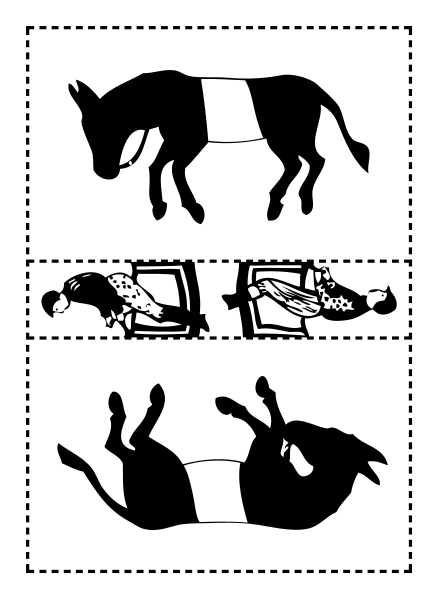This idea is obviously echoed in Ayn Rand’s novels, which celebrate the individual genius standing out against the backdrop of collectivist mediocrity. It has also trickled into the contemporary conservative worship of the ultra-rich. The phrase today is “job creators” (whatever that means), but it has the same moralistic overtones as in Nietzsche and Hayek—a class of people who are better than the rest of us, on whom we depend for our salvation and prosperity, and whom we should not presume to question or constrain through, say, safety regulation or higher taxes (“penalizing success,” in the jargon).This really has been one of the more insidious ideas of the twenty-first century-- that wealth and success are evidence of moral character. One problem with this philosophy is that it replaces a creed of "it isn't whether you win or lose, it is how you play the game" with an unfortunate alignment between moral virtue and business success. Under these conditions, how do you restrain the quest for wealth to within a code of ethics?
Instead we have a purely outcomes based ethic, that talks about the good that comes from the wealthy without asking hard questions -- like would things be better if wealth were more equal? In particular, the logical connection between rich people becoming more rich and more employment opportunities being created are less than completely clear. I don't want to say that the effect size is actually zero, but rather that it seems odd to neglect other possible sources of variation.











